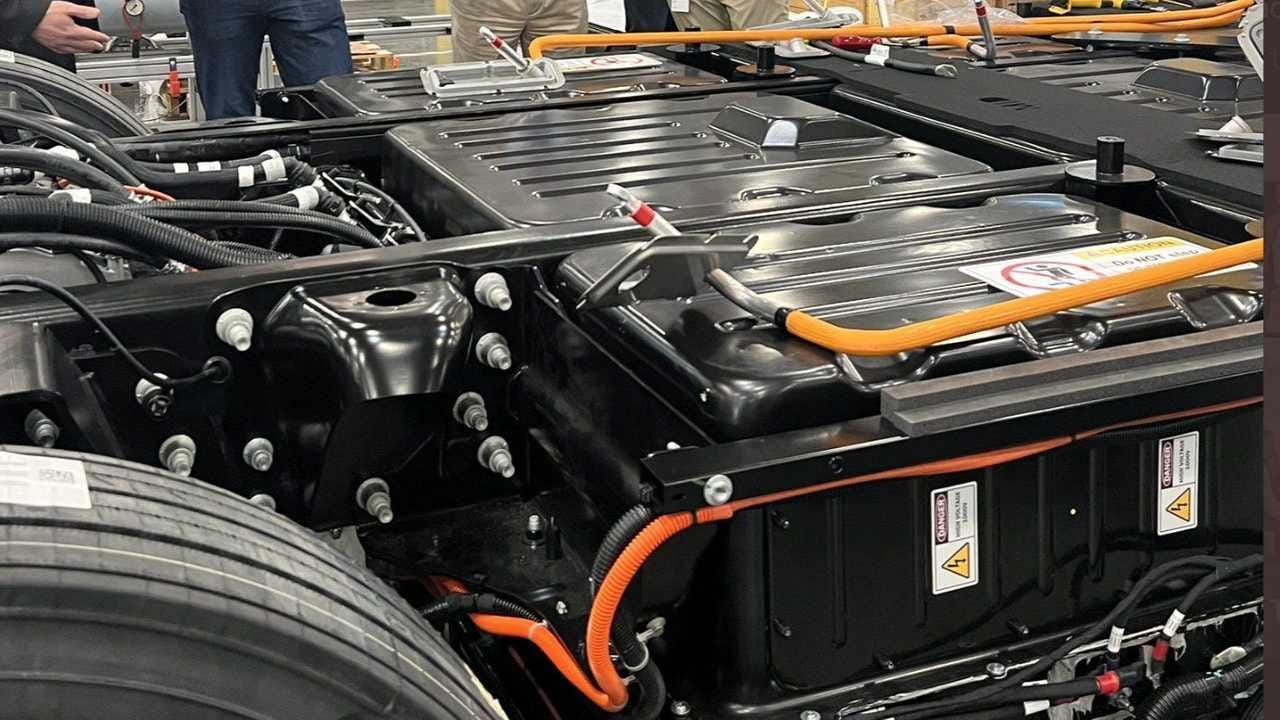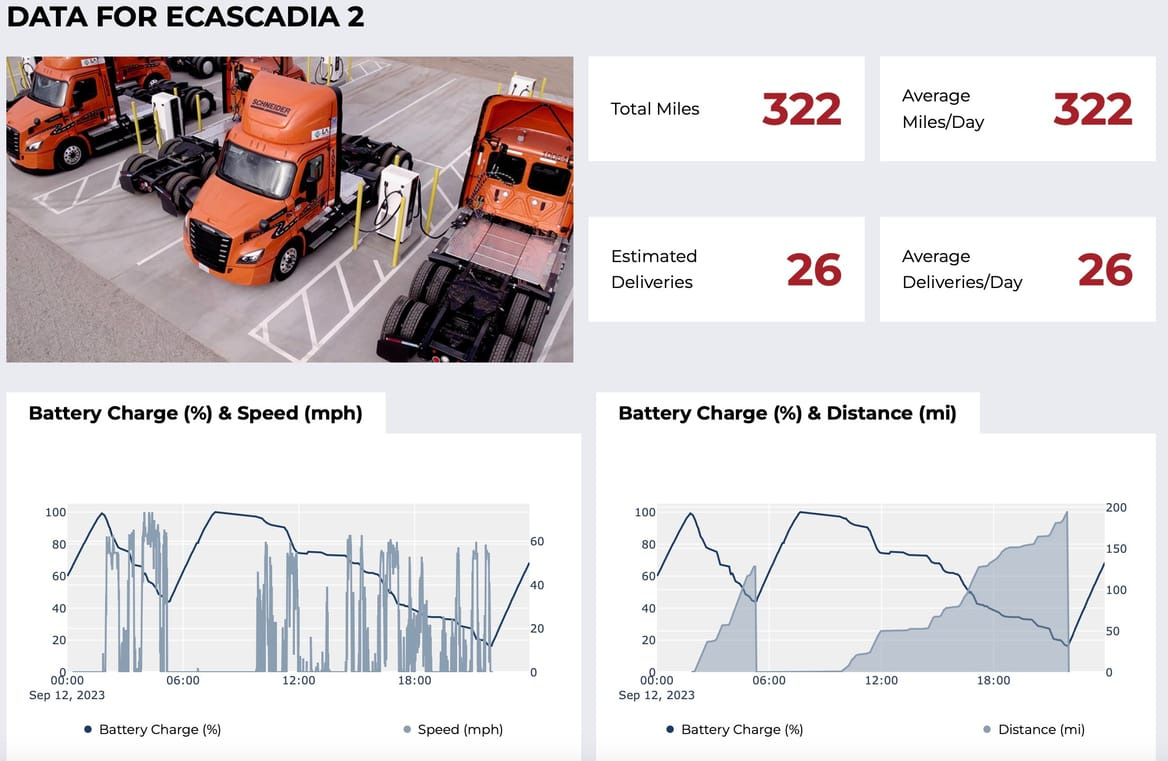Electric trucks have come a long way in recent years, with advancements in battery technology and hybrid options revolutionizing the long-haul transport industry.
In this article, we'll delve into the history of EV batteries in long-haul semi-trucks and explore the various hybrid engine options that have been tried.
The Rise of Electric Big Rigs
Electric semi-trucks have a history dating back to the early 20th century, but it's in recent times that they've gained momentum.
The first commercially available plug-in hybrid, the Chevrolet Volt, marked a significant milestone in the electric truck journey.
However, it's the emergence of all-electric big rigs that has truly transformed the industry.
The Evolution of EV Batteries
The heart of any electric vehicle is its battery, and electric trucks are no exception. Over the years, battery technology has improved dramatically, allowing trucks to cover longer distances on a single charge.
Lithium-ion batteries have become the industry standard, offering a balance between energy density and weight.
Hybrid Options for Electric Trucks
Hybrid electric vehicles (HEVs) combine internal combustion engines with electric propulsion systems.
While they are more common in passenger vehicles, some hybrid concepts have been explored for trucks. These options include using a small gasoline or diesel generator to recharge the batteries on the go, extending the range of electric trucks.
The Future of Electric Trucks
As governments worldwide push for greener transportation solutions, electric big rigs are becoming more prevalent. Companies like Freightliner have been testing electric trucks for various applications, from semis to box trucks[.
Battery-electric trucks are gaining ground, and fleets will have more choices as manufacturers refine their offerings.
Recent data does show some promise, however doens’t satisfy several of the main obstacles involves.
The data comes from trucks participating in Run on Less – Electric Depot, a three-week-long test-drive event organized by the North American Council for Freight Efficiency, a nonprofit research group.
Back in 2021, NACFE did its first electric truck test, and the findings showed that the vehicles available then were capable of handling the shorter-haul routes of about 100 miles or less that make up roughly half of all daily freight movement in the U.S.
Roeth, NACFE’s executive director, said during a Monday livestream showcasing early results. In fact, the range and the recharging speeds of the 21 trucks being tracked have roughly doubled compared to the fleets NACFE tracked in 2021, he said.
“This gives us real data, real-world experience to look into the future a bit — and I think the future of battery electric commercial trucks is bright,” he said.
Medium- and heavy-duty trucks make up less than 5 percent of vehicles on the road, but they account for about 7 percent of overall U.S. emissions.
Heavy-duty trucks in particular account for around 70 percent of the emissions from medium- and heavy-duty vehicles, and an even greater share of harmful air pollution, the latter of which disproportionately affects lower-income areas and communities of color.
After decades of exploring options such as compressed natural gas and biofuels, experts have turned their focus to battery-electric vehicles as the most efficient and cost-effective means of cleaning up emissions from trucking.
California set a goal earlier this year mandating that its fleet of 1.8 million commercial trucks convert to emissions-free vehicles over the next two decades, and a dozen other states have passed laws or are exploring similar goals.
In conclusion, the history of EV batteries in long-haul semi-trucks is marked by remarkable progress in battery technology.
While all-electric trucks are becoming increasingly common, hybrid options are still being explored to enhance range and flexibility in long-haul transportation.

















The Evolution of Electric Truck Batteries and Hybrid Options